PERIOD OF THE IMPERIAL ROME
-
A Journey Through History and Myths
A painting series by Tamás Náray - 2022
I. part
I. part
'The work of Tamás Náray expresses the grandeur of what the Roman Empire once was, even by today’s standards. He showcases the exceptional magnificence that characterized the Empire with his unmistakable signature technique, the patterning of the globe with gold plates, where the red square stands for the will of the gods and the blue veins indicate the conquests of the Roman legions. In the many shades of blues dominating the image we can discover the historical moments that hallmarked the might of Rome throughout the centuries. The world bows before the greatness of the Roman Empire: Roma Caput Mundi.' prof.dr. Valeriano Venneri
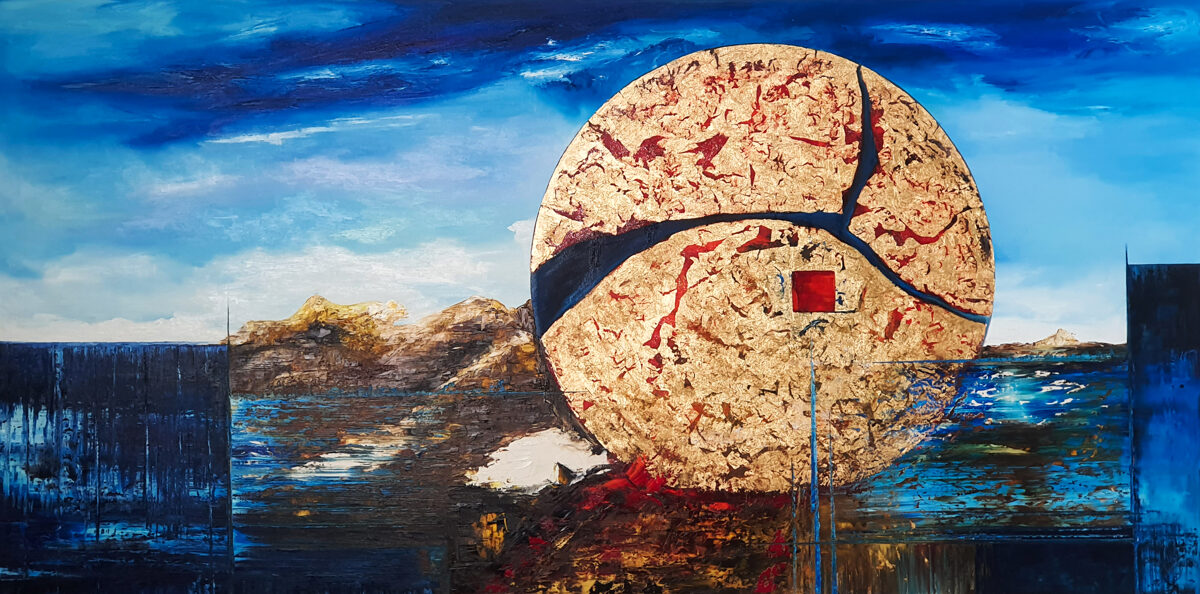
‘The Symbol’ depicts one of the key representations of the Roman Empire: an otherworldly version of the Imperial Eagle, with outstretched wings, descending to the ground.
The painting unfolds on three levels of existence: the divine level, represented by the blue of the skies, the central and symbolic level, represented on one hand by the great bald eagle glowing in red and, on the other, by the red and ocher colors, in which the ancient and modern Rome is combined, and finally the third level is the roots appearing in earth-colored shades.
The work is an entanglement of real events and captivating legends of Roman history.' prof.dr. Valeriano Venneri
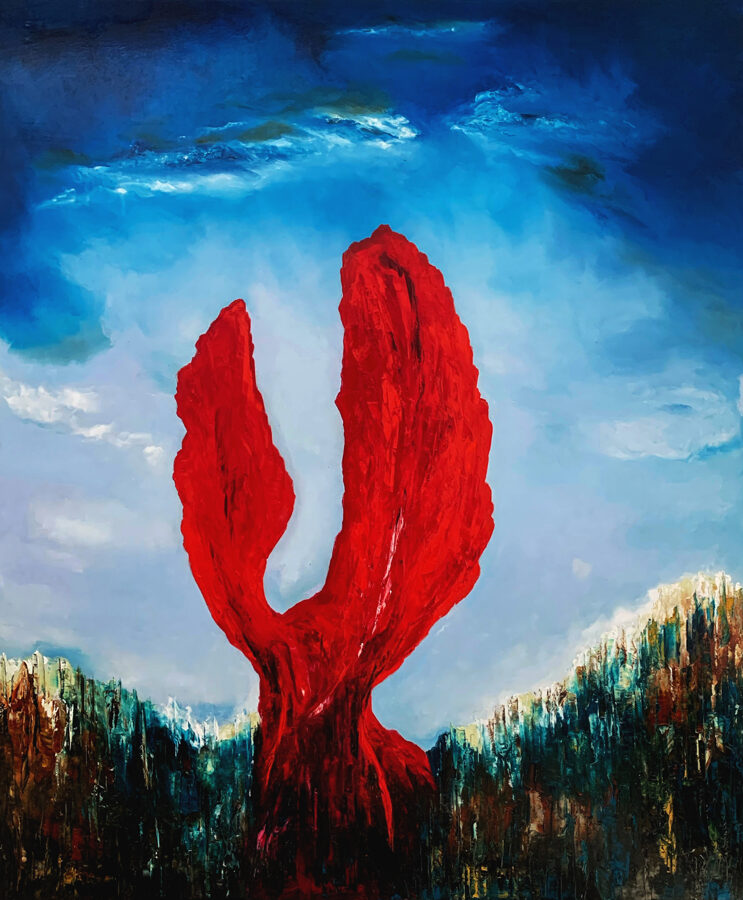
'The painting is one of the defining works of ‘The Period of Imperial Rome’ exhibition. However, the event itself is also an extremely decisive moment in Roman history.
The famous Latin expression ‘alea iacta est’ is actually connected to the river Rubicon, saying ‘the die is cast’... That is, if you cross the river, there is no turning back.
The visual world of the painting faithfully reflects the multiple meanings of the story: the narrow imperial river widens therefore perfectly conveying the idea that in case of victory, Rome will be magnificent. The crimson, scarlet and blood-red, as well as golden yellow represent wars fought for power. The light-colored sky in the middle above the water lends the image an optimistic perception.' prof.dr. Valeriano Venneri
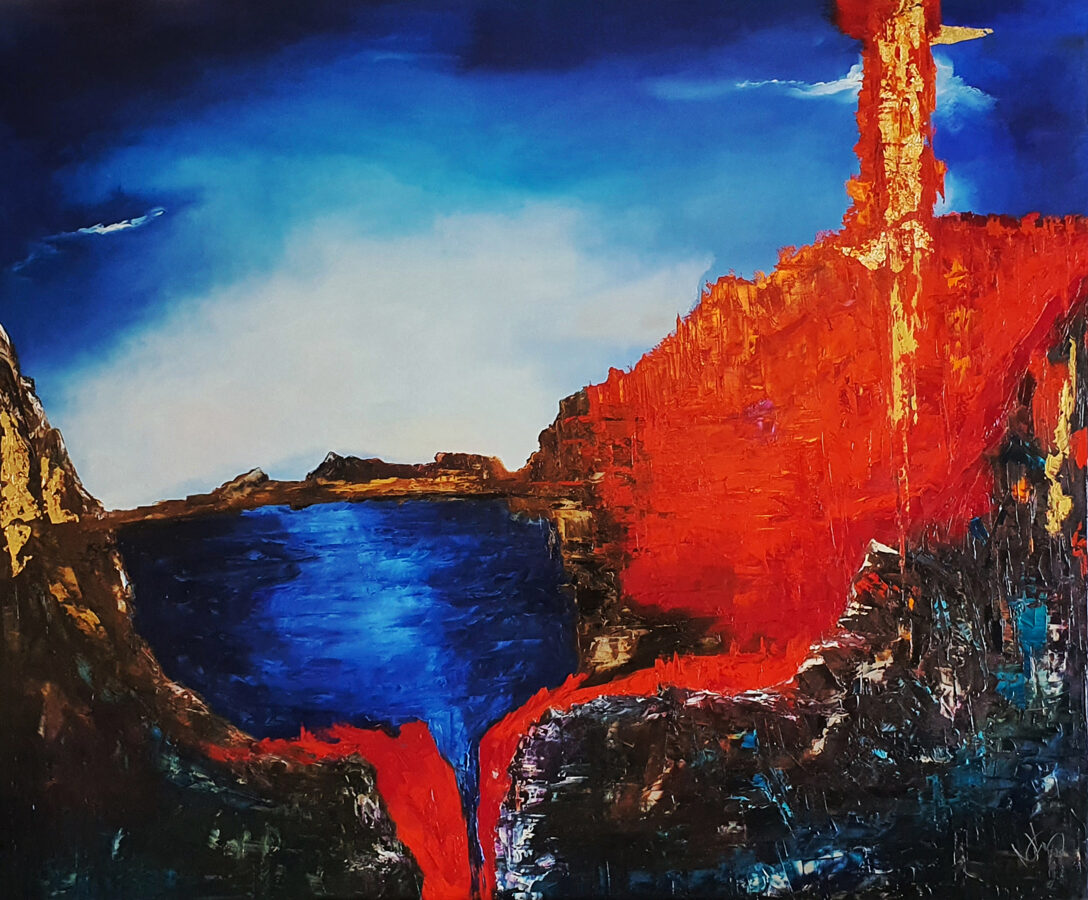
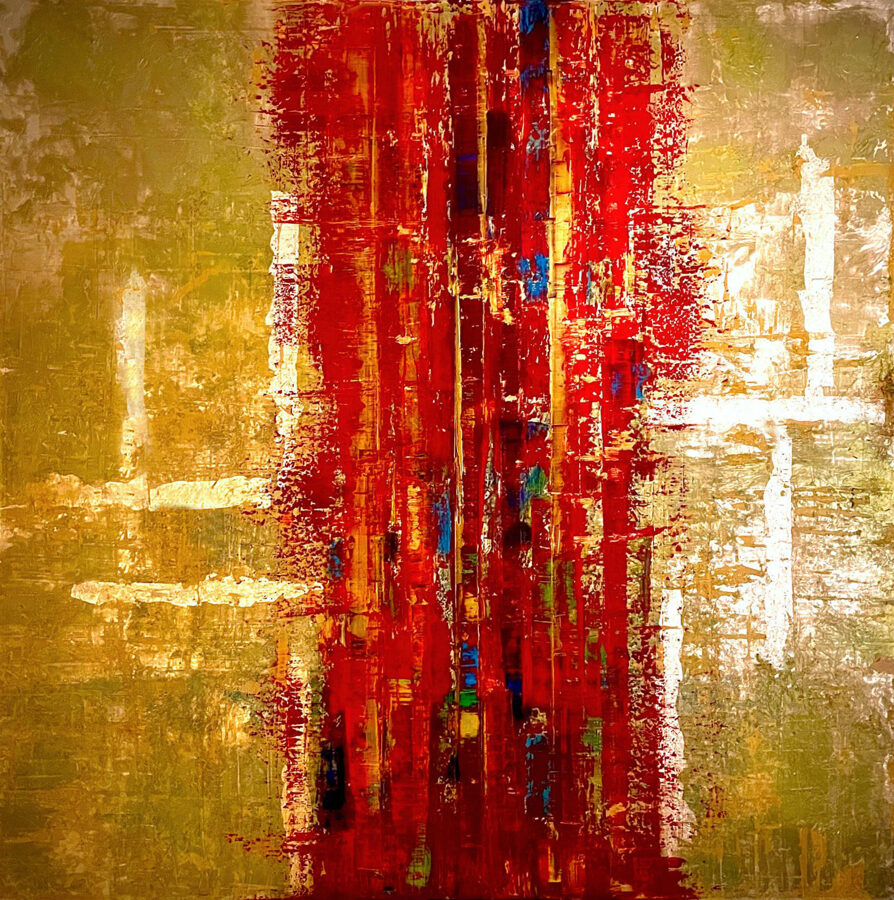
'This vertically arranged composition emphasizes the concept of ‘above and below’ in the dimension of human relationships, more precisely the relationship between the two rulers.
Caesar and Cleopatra or Cleopatra and Caesar? The work can be interpreted well, even when rotated 180 degrees.
The Roman emperor's relationship with the queen of Egypt is well-known: the seducer and the seduced. But which of them was which and from what point of view?
Even at first glance, the piece tells not only about the story, but also about Tamás Náray's unique painting style: from the preparation phase of the many layers applied to the canvas and the carefully planned, tight visual composition, through the combination of contemporary and modern techniques, to the extremely meticulous elaboration, as well as the specific use of pigments, showcasing an excellent result.' prof.dr. Valeriano Venneri

'The title of the artwork transfers the adage that is referred to Cicero: Hannibal is at the gates! The painting displays the voluntarily grievous moment when Rome surrendered to the Carthagians led by Hannibal, instead of letting the general reach and destroy the capital.
In the works of Tamás Náray numerous symbolic references can be discovered, in this case it is the turbulent, blood-red field, evoking the ferocious cruelty witnessed in the territories conquered by the Puns, which is more powerful than the shining gold cover symbolizing splendor and abundance. The reflective blue field shows freedom, as the Romans eventually won the war at the cost of much hardship and sacrifice, surviving the bitter days.' prof.dr. Valeriano Venneri
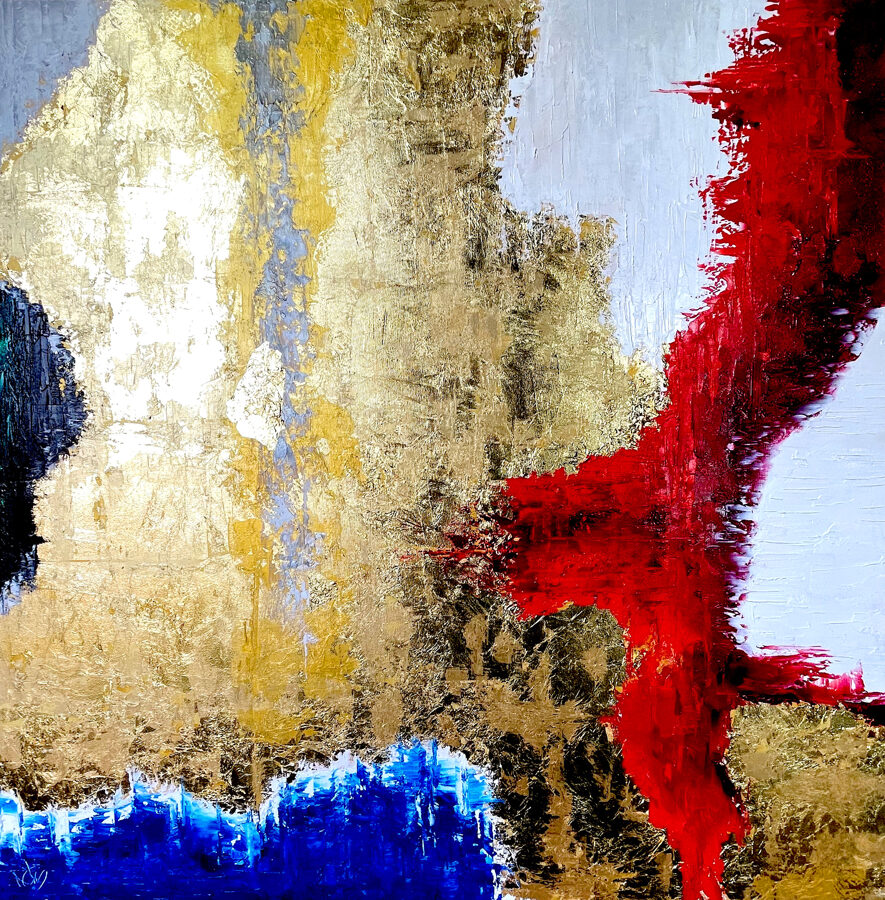
'The ‘Conquest of Numidia’ is a special and impressive work in its complexity. This valuable African territory came under the aegis of the Romans between 112 and 105 BC.
An exotic character, brought to canvas with a new kind of technique, dominates the frame, capturing the imagination with the extremely fine merging of the different shades of colors. The tones of clay, silica, sand and quartz refer to the diversity of the earth colors of Africa. The sharp appearance of gold and red in the texture of the work symbolizes the Roman Empire. The sky, despite being bright, reflecting the harmony of colors of the land below, forecasts the tragedy of the Numidian people.' prof.dr. Valeriano Venneri
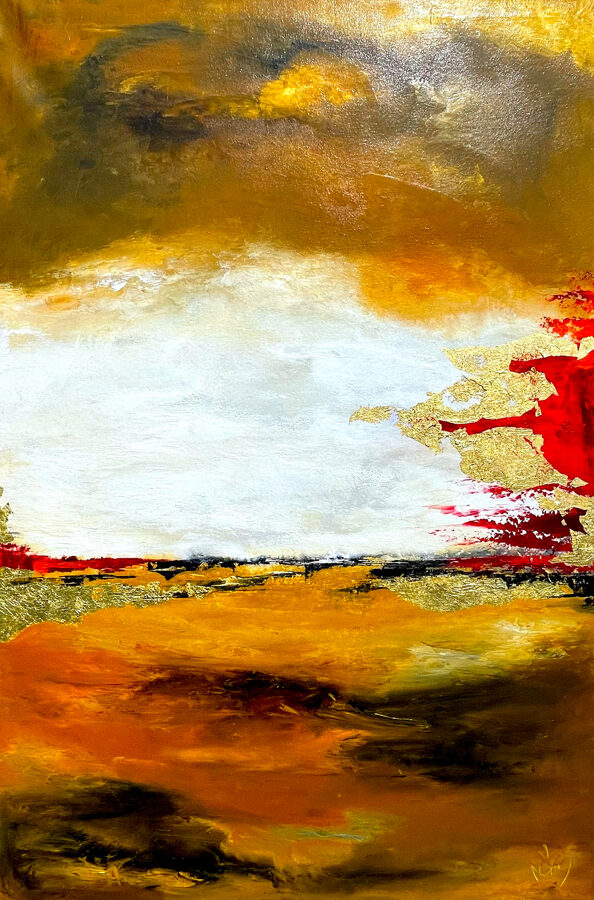
'With this work we commemorate Massinissa, the king of the Numidians. This story is particularly unique in the age of ancient empires, because Massinissa turns from a fierce enemy of the Romans to an ally of the empire; he also plays an important part in defeating the Carthaginian general Hannibal in the Battle of Zama. With just as much complexity as the planning of a conquest, the artist highlights the role, importance and responsibility in the tragedy of his people the Numidian king had through the history of the Roman Empire.' prof.dr. Valeriano Venneri
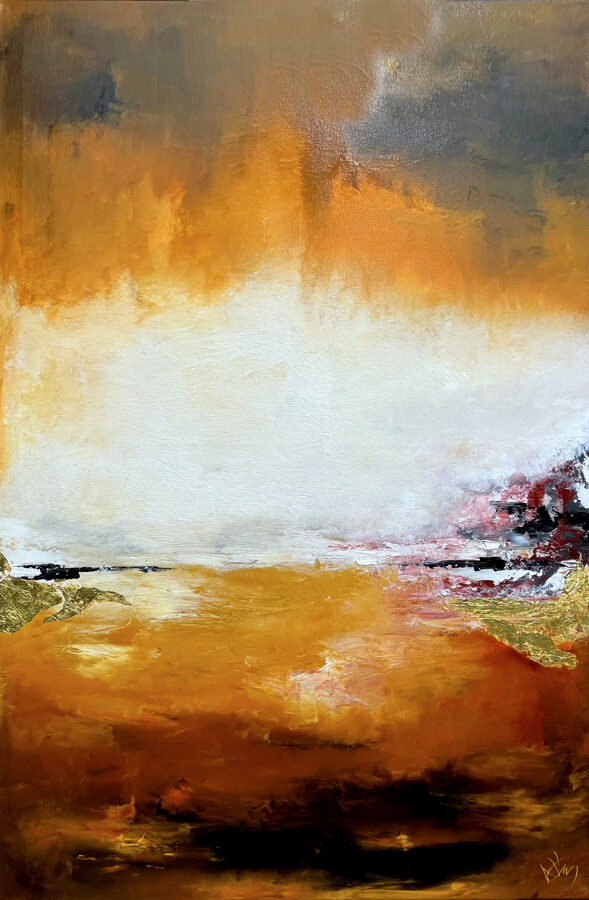
dr. Szilvia Hájer
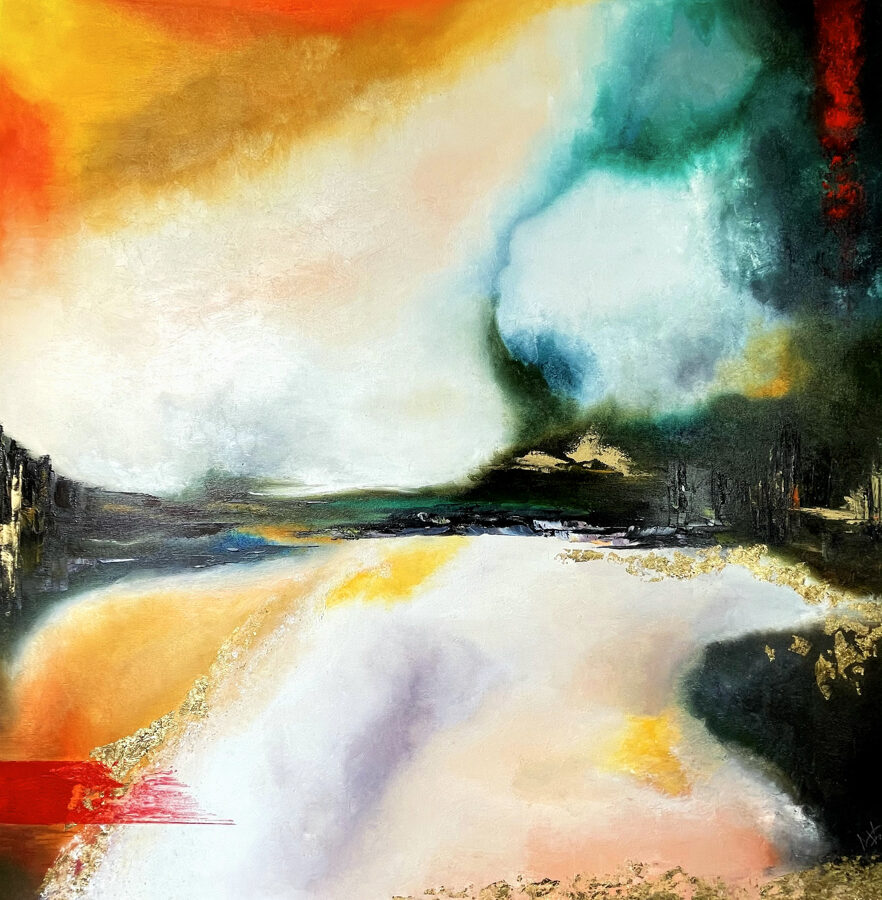
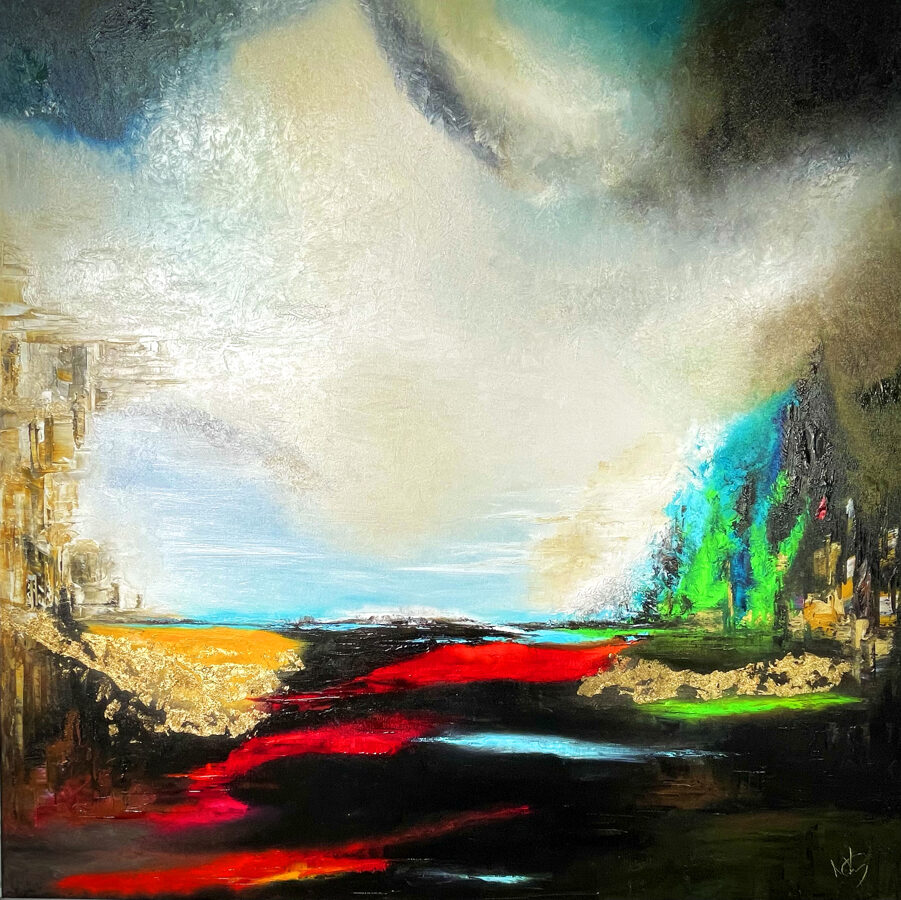
'Nero stands before the Senatus Populusque Romanorum (SPQR). Historical context of the piece: the senate deposes Nero and appoints a new Princeps, Galba, following the fire in Rome in 64 AD. The work of the artist Tamás Náray explains this dramatic moment of Imperial Rome and the flames that burn the city to ashes, poetically interpreted by lapis lazuli alternating with gold and black; one can almost see and hear the crackling of Rome burning. The lower part reminds us of the Tiber of Rome which carries with it all the debris of the fire and also the life of Nero who at the end commits suicide in solitude.' prof.dr. Valeriano Venneri

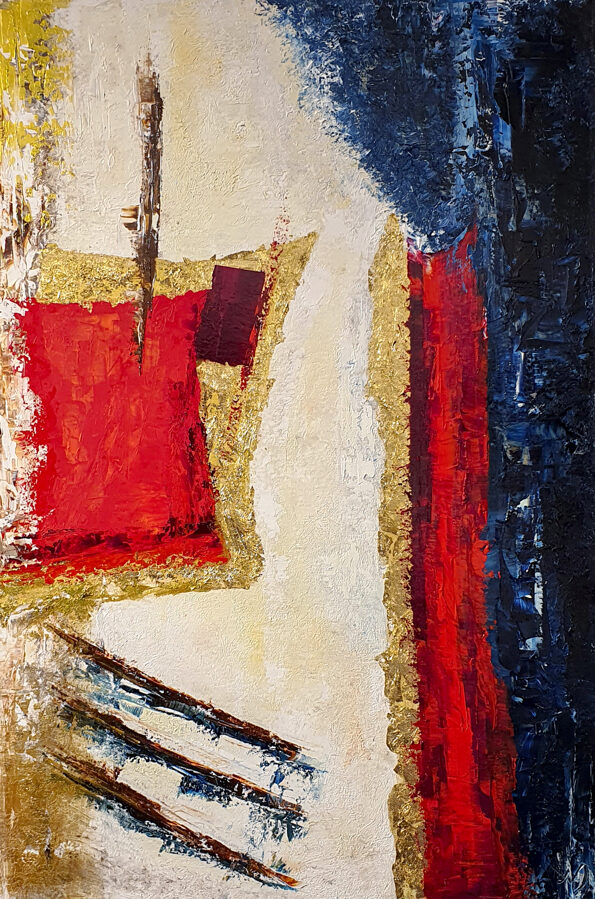
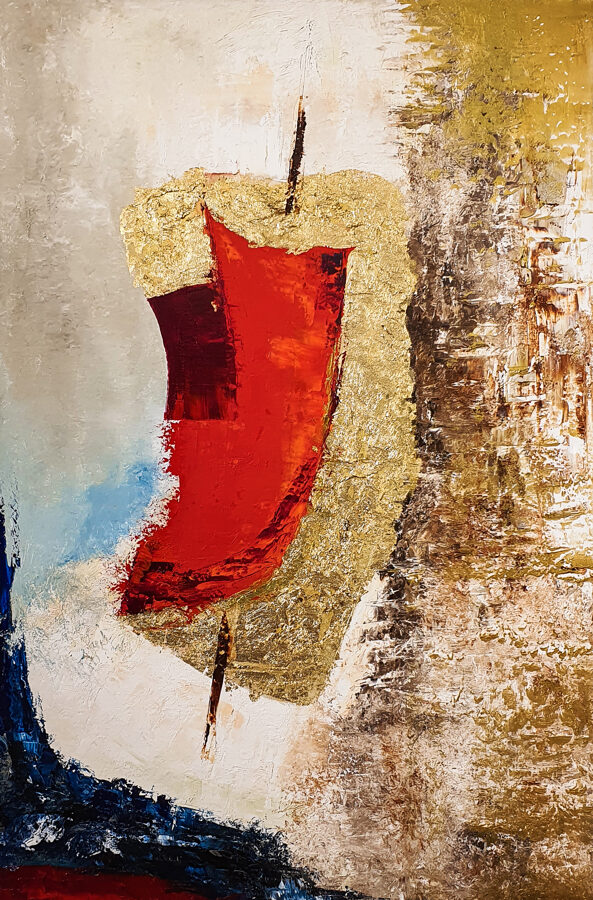
‘Navigating is a must!’ - the term was used by Pompey Magnus in connection with the transport of supplies, wheat and other provisions to the Roman people. Time went by, and as the colors rally up and march in chaotic movements on the frame, such was the crew’s fright of the voyage. The geometric shapes symbolize the cargo spaces of the boats, the prominent wind-blown shapes are the Roman sails, among which the imperial red sail stands out. The pink color is a reminder of the successful arrival at the port of Ostia and of the threat of famine that was averted.' prof.dr. Valeriano Venneri

'In terms of the consequences of the Roman Civil War, the Battle of Actium was the most significant sea battle, fought by Octavian against Marcus Antonius who was also accompanied by Cleopatra - Queen of Egypt - with her ships. The battle took place In 31 BC on the 2nd of September at the Roman colony of Actium in Greece. Octavian won the battle and thus took the last big step towards establishing the system of imperial rulership. The date of the battle is therefore often considered the end of the almost five hundred years history of the Roman Republic.
The work perpetuates the most important and one of the last moments of Rome. The clash of the two opposing fleets brings bloodshed and suffering, their horrendous extent is emphasized with shades of red and blood colors by the artist. The sea is turning red! However, the gods of the sea and the skies settle the events: Octavian wins, Cleopatra flees, and Rome remains on top of the world.' prof.dr. Valeriano Venneri

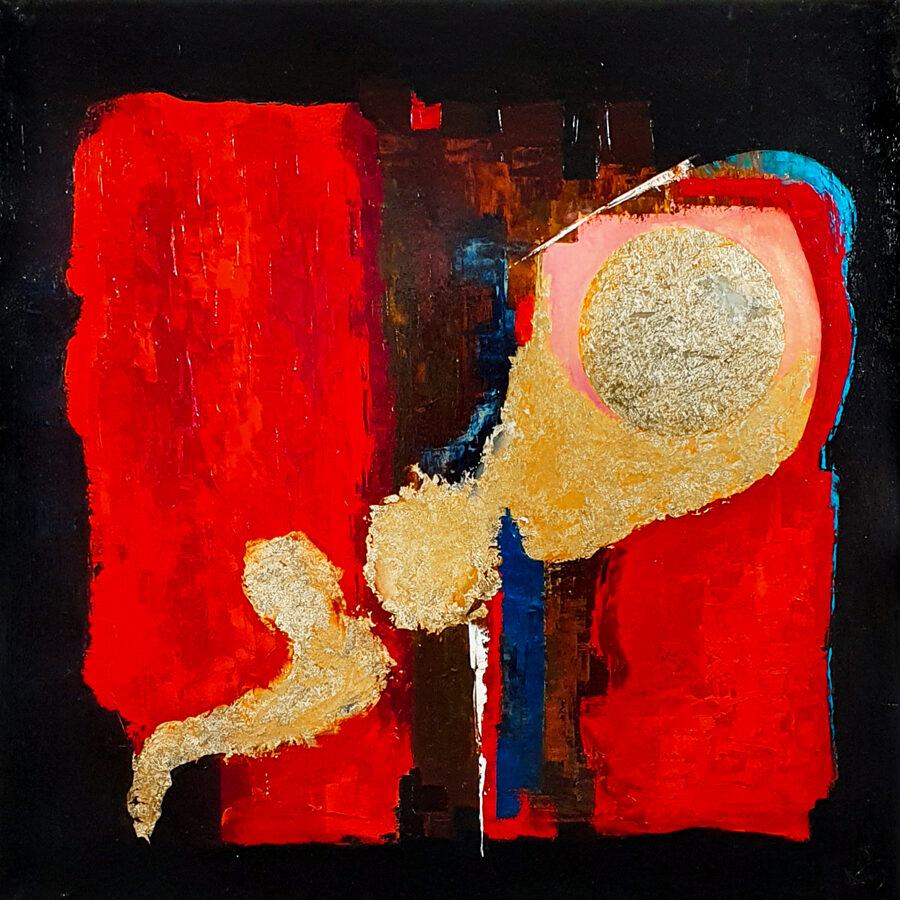
'Carthage and the Punic Wars are stages of Roman history, fundamentally defining it.
Tamás Náray, by the enchantment of the ‘number 3 as usual, observes the struggle with Carthage in the three Punic wars on three levels: in the upper field, with dark, stormy color of the sky which suggests hardship and struggle, in the middle, with the powerful texture that unites the earth and the earthly plane, and below, with the all time futility of sacrifice and destruction.
The pulsating shades, the masterful composition of lights and the diverse use of painting tools make the work, which also speaks of the destruction of a city, magnificent. Let us remember the words of Marco Porcio Cato, known in history as Cato the Censor: ‘Carthago delenda est!’ that is, Carthage must be destroyed.' prof.dr. Valeriano Venneri
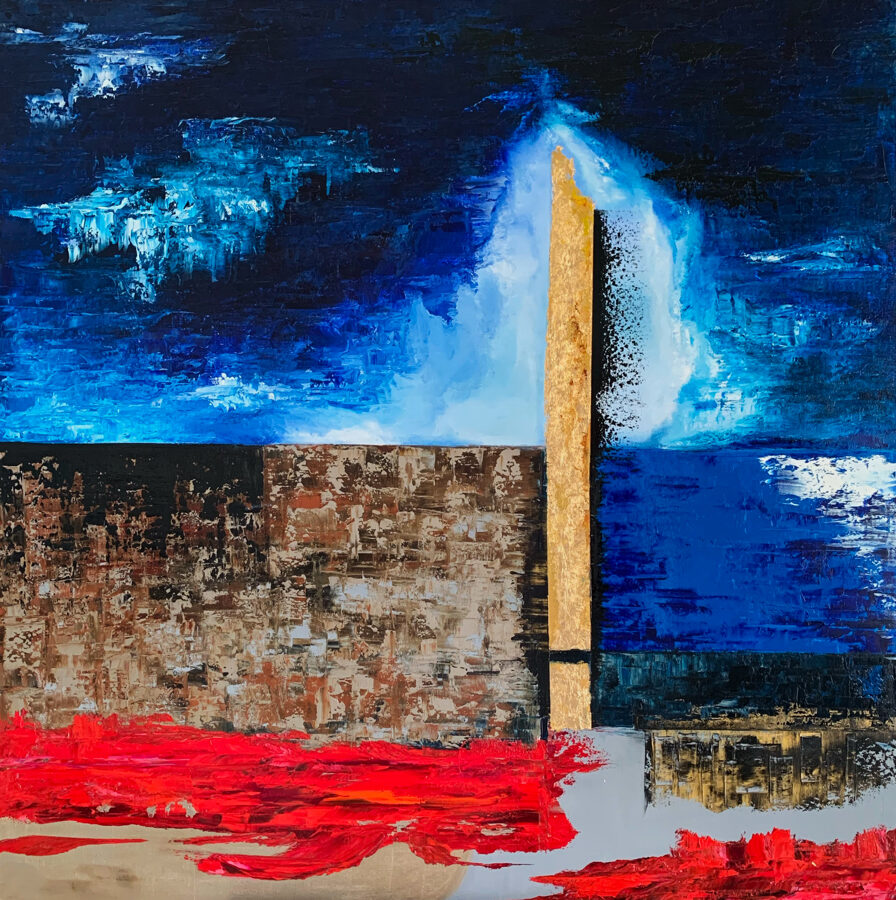
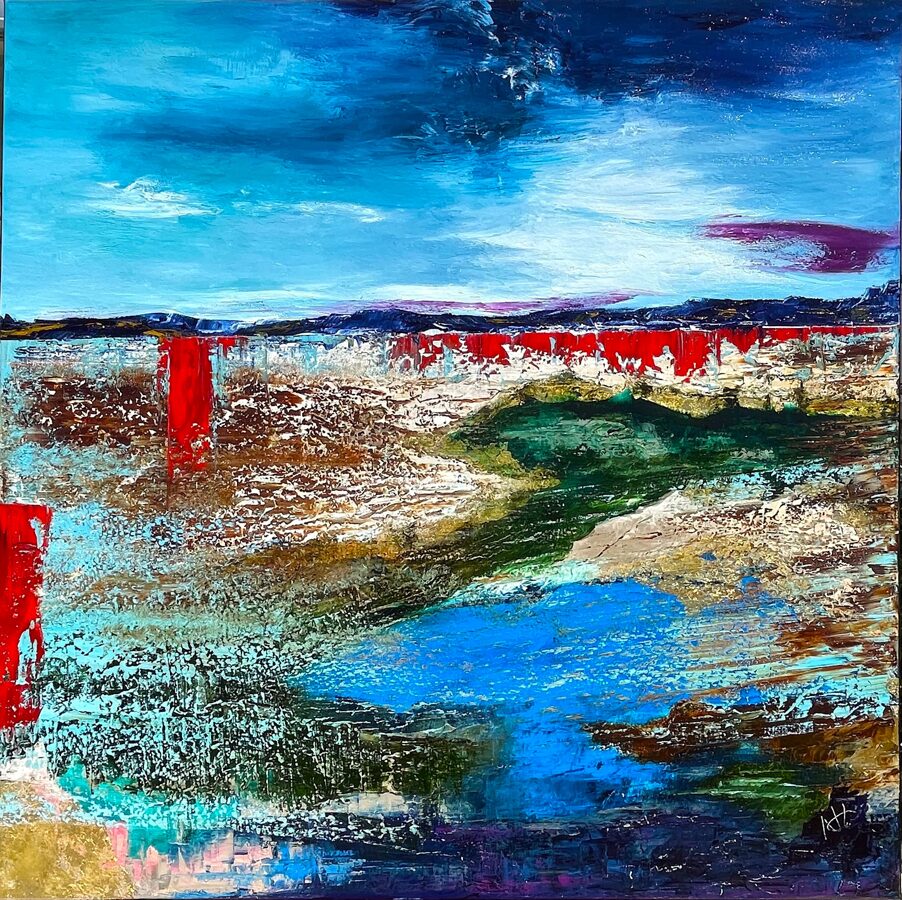
Cart is empty.